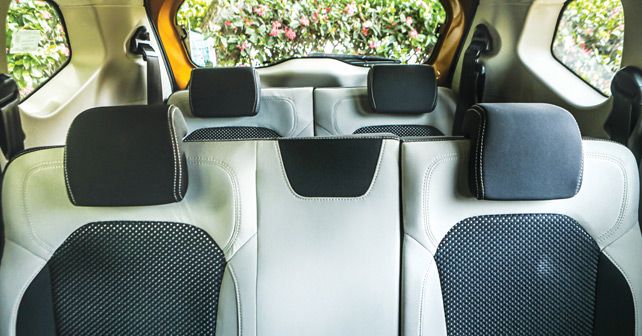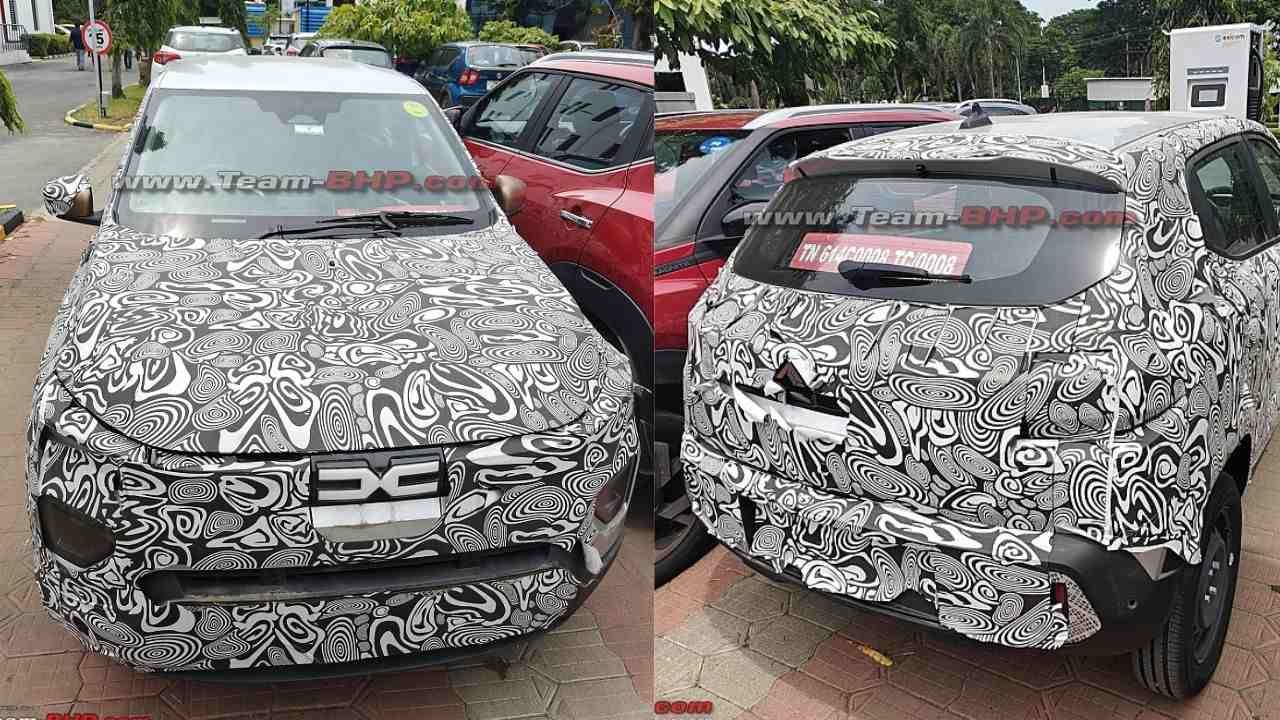
Renault Triber Preview: First Look
Before we get a chance to test the Renault Triber - and put it through its paces - we have a close look at how this product can very well revolutionize the Indian market. Read it here.

Renault is hoping to build on the success of the Kwid with this sub-4 metre MPV. Here’s a closer look at what to expect from the Triber.
For long-term success in the Indian automotive market, a wide product portfolio is imperative. Renault has seen success in India with both the Duster and Kwid, but little else – and they’ve been trying to expand their product portfolio for a while now. The latest addition to the line-up is the all-new Triber. Now, we haven’t driven it yet, but we did get to spend some time with it to tell you what to expect before its official launch.
Sub-4 metre stretch
The sub-4 metre segment offers great opportunities for manufacturers, but it’s also proved to be a tough nut to crack. In the case of the Triber, its Renault’s second attempt at cracking this mass-market segment – after already tasting some success with the Kwid.

Design has been always been a strong point for Renault, something that’s quite visible in the Triber as well – it’s really a well-executed sub-compact car. Despite being under 4 metres long, the styling of the Triber is very cohesive.
The front is dominated by the oversize Renault logo and large headlights, which come with projector headlamps in the top-of-the-line version – the one featured here. Additionally, the use of chrome and silver gives the Triber a unique look.
The rear end features large taillights and the Triber name in 3D lettering, both of which are effective in breaking the monotony of the rather large tailgate and giving it some character. Most impressive, however, is the Triber’s side profile – its plastic cladding and large 15-inch wheels give the car a balanced look.

Another impressive feature is its stepped roof that provides additional headroom for passengers in the 2nd and 3rd rows. Now, while this is clearly useful, ordinarily, it can be awkward to execute – but Renault has done well to mask it with cleverly placed roof rails.
Creating space
In the interests of keeping engineering costs low and economies of scale high, the Triber is based on a modified version of the CFM-A platform – which also underpins the Kwid. The Triber has been designed to accommodate 7 occupants, which is quite a task given that it’s under 4-meters in length.

Power comes from a 1-litre petrol engine, which can be had with either a manual or an AMT gearbox. Both the front seats and the 2nd row are quite impressive and spacious. There’s ample legroom, shoulder room, and headroom in both rows for full-size adults, but in the 2nd row, width is a problem. This means that, while 2 adults can sit comfortably, 3 will be a tight squeeze.
It’s the last row, however, that’s a real problem. With its limited footprint, the Triber’s 3rd row – despite the best efforts of Renault’s engineers – is simply not suited for full-size adults. Sure, it’s fine for kids, but that’s about it.
What helps here, though, is the adjustable 2nd row – which can be moved fore and aft to create more legroom in the third row. Also, the boot space, with all 3 rows in use, is virtually non-existent.

Upgrades
The interior is clearly a step in the right direction when compared to the Kwid – both in terms of quality and features. The layout is fairly clean – a large Start/Stop button sits on the central console, which also features the air-conditioning controls and an 8-inch touchscreen multimedia system. The multimedia system is quite impressive, and it offers both Apple CarPlay and Android Auto. The sensitivity of the touch controls is impressive, and the interface of the system is well designed and easy to use.
The Triber also gets air-conditioning vents for the 2nd and 3rd rows, which is a nice touch. In the centre console, there’s also a large refrigerated compartment that can be used to cool water or other drinks.
The Triber, then, is an earnest attempt by Renault to offer an affordable MPV, which uses innovative engineering to provide 7 seats. Renault needs the Triber to succeed, and they’ve certainly done everything they can to design and engineer it to suit the needs of our demanding market.
Also read - Renault Triber vs Datsun Go+ : Spec Comparison
Renault Triber [2019-2023]




























Write your Comment on